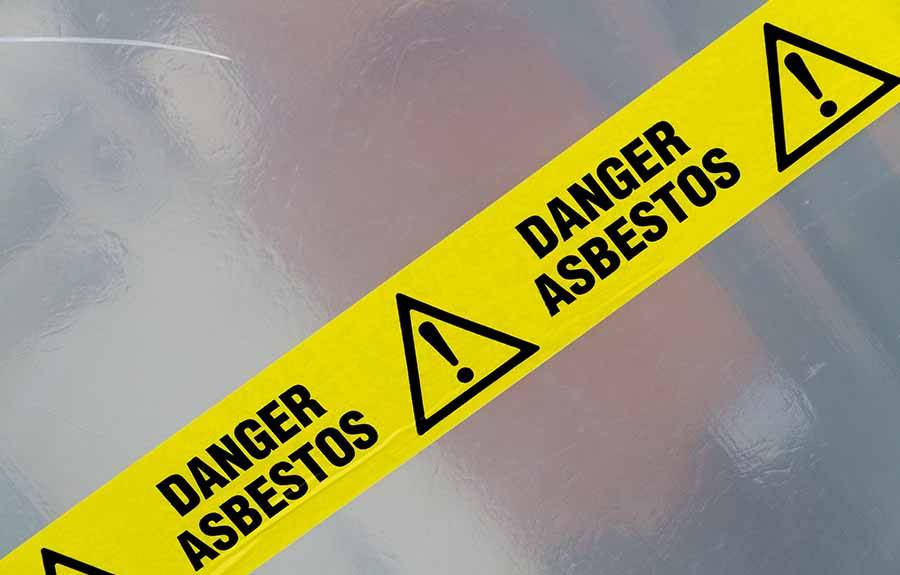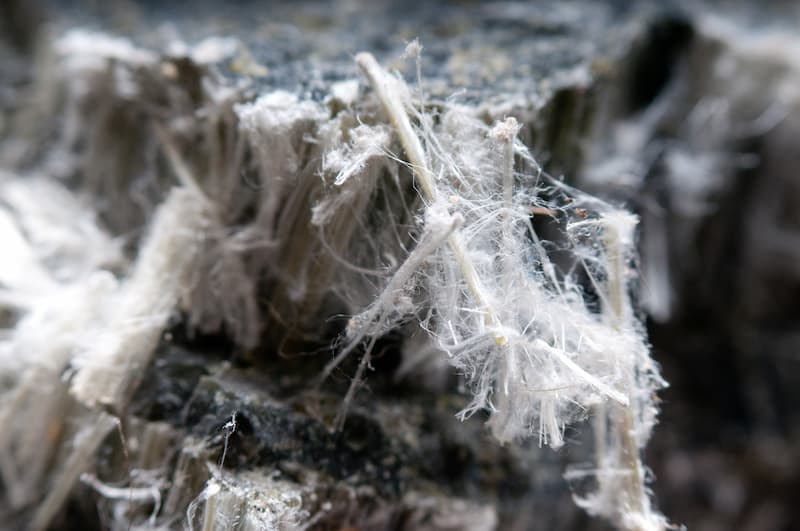
Asbestos is a naturally-occurring silicate material, but the hazards involved with having it in your home are well known. With this in mind, how do asbestos specialists safely remove it from residential and commercial properties, and why is it important that a professional does it? Keep reading to learn everything you need to know about asbestos disposal.
Why Asbestos Disposal Is Important
If you detect asbestos in your home, it’s best to ignore it and consult a professional as soon as possible. Attempting to remove it yourself can cause lifelong health issues if improperly handled. This is because asbestos itself is harmless in its default state, but once deteriorated or tampered with, it releases fibres that become trapped in the body once inhaled. These fibres can cause a plethora of life-threatening diseases, such as mesothelioma and other forms of cancer. If the asbestos in your home is visibly damaged, contact a professional immediately.
Plus, there is also the risk that you could be fined for handling it yourself. It’s more difficult to adhere to lawful removal without professional expertise, which is why it’s never worth the risk. Even construction companies have incurred hefty fines for poor management. Encapsulation and removal professionals are bound by legislated practices for safe and judicious handling of asbestos-infested products. For this reason, it’s always best to consult a licensed expert first.
Methods Of Disposal
There are a few criteria that must be satisfied for proper and sanctioned management of asbestos. Staff must wear full protective gear to avoid as much exposure as possible and reduce the risk of inhalation. This includes gloves, protective eye-wear and a specialist respirator. The asbestos can then either be encapsulated or, in severe cases, removed completely. When dealing with asbestos, the surrounding area should be dampened as much as possible to prevent the spread of dust and fibres.
Once the hazard has been pacified, it must then be correctly packaged and disposed of. There are a set of strict regulations that must be followed to prevent the spread of toxic fibres outside of the containment area. For example, for the removal procedure, anything that could be contaminated must be removed from the area or covered with polythene sheeting if removal isn’t possible. It’s established as a containment area and warnings should be utilised to alert passers-by and those who are at potential risk of exposure.
Encapsulation Or Removal?
What’s the difference between encapsulation and removal, and under what circumstances are they necessary? The procedure you need depends on the type of asbestos, current state (if damaged) and likelihood of disturbance. Encapsulation is the method of placing asbestos in a protective coating that prevents the fibres from becoming airborne. This is ideal in situations where the asbestos is low-risk or unlikely to be disturbed. Removal is a disruptive procedure and only conducted in extreme cases. If it can be avoided, encapsulation is generally preferable. As discussed before, asbestos is only harmful if its fibres become airborne, but if it’s unlikely to disturbed, complete removal is not necessary and often costly.

Contact Asbestos Consultancy For Absestos Disposal Today
If you suspect you have asbestos in your property and aren’t sure how to proceed, contact us today for professional advice. We can provide a survey to determine if you’re at risk of asbestos and the best method of placating it. Our team are dedicated to keeping you and your home safe from the damaging effects of asbestos, so get in touch today.


